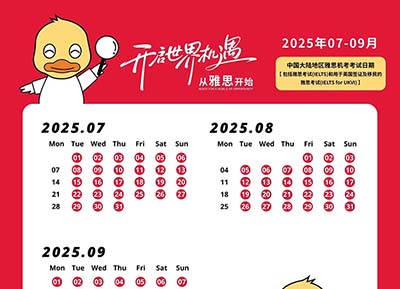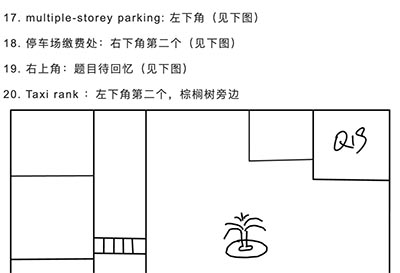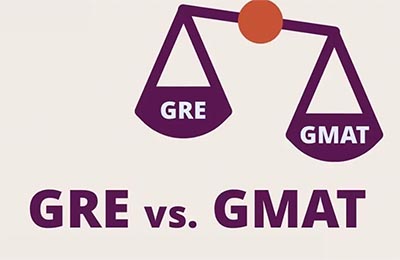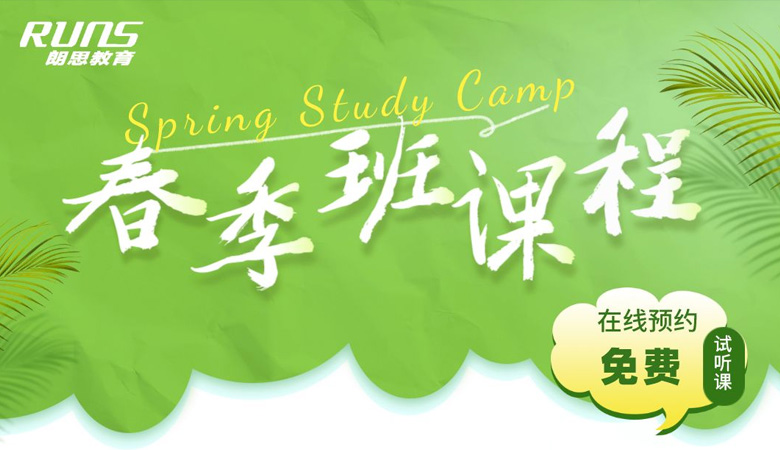首頁(yè) >> 托福學(xué)習(xí)資料 >> 托福閱讀>>正文
托福閱讀必拿分題型:插入題之指代邏輯
時(shí)間:2020-07-20
來(lái)源:網(wǎng)絡(luò)
作者:無(wú)
托福閱讀題型一直是很多同學(xué)學(xué)習(xí)的難點(diǎn),主要是閱讀題考察大量的詞匯和語(yǔ)法,如果詞匯和語(yǔ)法知識(shí)面掌握的不夠,很容易出現(xiàn)“誤解”的情況,因此就會(huì)出現(xiàn)無(wú)法閱讀理解原文無(wú)法理解的情況,今天我們朗思教育托福培訓(xùn)班老師給大家介紹一下托福閱讀比拿分題型:插入題之指代邏輯。
一、我們先來(lái)看一下托福閱讀中插入題的出題形式
解析:左邊最上面是要求,最下面是插入句;右邊段落中有4個(gè)黑色實(shí)體方塊,相當(dāng)于是A,B,C,D4個(gè)選項(xiàng)看一下插入句放在哪個(gè)位置最合適。
插入題是閱讀中必出的一道題,它的位置總是固定的,在每篇文章的倒數(shù)第二題。很多同學(xué)會(huì)在這道題目上栽跟頭或者花費(fèi)過(guò)長(zhǎng)的時(shí)間,這其中的一個(gè)原因可能是做到此題的時(shí)候時(shí)間不太夠了,還有最后一道題沒(méi)有做,心里會(huì)有點(diǎn)焦慮,其實(shí)這道題本身并不是很難,并且有很強(qiáng)的做題技巧。插入題插入句中經(jīng)常出現(xiàn)代詞,那我們今天就著重講一下指代邏輯。
二、插入句:在插入句中我們經(jīng)常會(huì)遇到代詞或者代詞+名詞或者the +名詞,一般會(huì)代指前面出現(xiàn)過(guò)的名詞,所以我們要去前面找,但是要注意的是這個(gè)代詞和原文中的詞并不一定是同一個(gè)詞,這時(shí)候我們要找更概括性的名詞或者這個(gè)名詞的近義詞,比如插入句中出現(xiàn)findings,前文中可能是它的近義詞discovery,插入句中出現(xiàn)了表示動(dòng)物叫聲的call,前文中可能會(huì)提到cry。
下面是補(bǔ)充的一些插入句中常出現(xiàn)的代詞
1、人稱(chēng)代詞(Personal Pronouns) :I, you, he, she, they, them,him, her等
2、物主代詞:my, his ,her, their,hers 等
3、指示代詞:this, that, it, these, those 等
三、接下來(lái)我們來(lái)看例子
例題1:
插入句:The findings of these geologists inspired others to examine the rock and fossil records in different parts of the world.
Not only could Smith identify rock strata by the fossils they contained, he could also see a pattern emerging: certain fossils always appear in more ancient sediments, while others begin to be seen as the strata become more recent. By following the fossils, Smith was able to put all the strata of England s earth into relative temporal sequence. About the same time, Georges Cuvier made the same discovery while studying the rocks around Paris. Soon it was realized that this principle of faunal (animal) succession was valid not only in England or France but virtually everywhere. It was actually a principle of floral succession as well, because plants showed the same transformation through time as did fauna. Limestone may be found in the Cambrian or—300 million years later—in the Jurassic strata, but a trilobite—the ubiquitous marine arthropod that had its birth in the Cambrian—will never be found in Jurassic strata, nor a dinosaur in the Cambrian.
解析:根據(jù)我們上面講的指代邏輯,插入句中出現(xiàn)了the findings,these geologists(地質(zhì)學(xué)家),說(shuō)明前面得出現(xiàn)兩個(gè)或者兩個(gè)以上的地質(zhì)學(xué)家,并且會(huì)提到這些地質(zhì)學(xué)家的發(fā)現(xiàn)。根據(jù)這些點(diǎn),我們首先知道不應(yīng)該放在第一個(gè)空和第二個(gè)空,因?yàn)檫@兩個(gè)空前面只有Smith 這一個(gè)地質(zhì)學(xué)家,第二個(gè)空后面出現(xiàn)了第二個(gè)地質(zhì)學(xué)Georges Cuvier ,并且說(shuō)到Georges Cuvier made the same discovery,暫定第三個(gè)空是合適的,第四個(gè)空前一句講的是動(dòng)物演替的原則,后一句講的是也是植物演替的原則,可以看出來(lái)兩句之間銜接比較緊密,那我們就不能放在第四個(gè)空,綜合來(lái)看應(yīng)該放在第三個(gè)空。
例題2
插入句:The cheeping provides important information to the parent, but it could also attract the attention of others
Many signals that animals make seem to impose on the signalers costs that are overly damaging. A classic example is noisy begging by nestling songbirds when a parent returns to the nest with food. These loud cheeps and peeps might give the location of the nest away to a listening hawk or raccoon, resulting in the death of the defenseless nestlings. In fact, when tapes of begging tree swallows were played at an artificial swallow nest containing an egg, the egg in that “noisy” nest was taken or destroyed by predators before the egg in a nearby quiet nest in 29 of 37 trials.
解析:插入句中出現(xiàn)了the cheeping, the parent,那前面應(yīng)該會(huì)提到叫聲和父/母,插入句的意思是這些叫聲會(huì)給父母提供重要的信息,但是也會(huì)吸引其他(動(dòng)物)的注意力。我們可以看到原文中的第二句話出現(xiàn)了cheeping 的近義詞begging和a parent, 第三句話說(shuō)到把鳥(niǎo)巢的位置暴露給鷹或者浣熊,放在第二個(gè)空正好起到承上啟下的作用,能夠把兩句話緊密銜接起來(lái),所以答案就是第二個(gè)空。
例題3
插入句:During this period, Sweden had the highest rate of growth of output per capita of any country in Europe, and Denmark was second.
While some European countries, such as England and Germany, began to industrialize in the eighteenth century, the Netherlands and the Scandinavian countries of Denmark, Norway, and Sweden developed later. All four of these countries lagged considerably behind in the early nineteenth century. However, they industrialized rapidly in the second half of the century, especially in the last two or three decades. In view of their later start and their lack of coal—undoubtedly the main reason they were not among the early industrializers—it is important to understand the sources of their success.
解析:插入句中出現(xiàn)了this period,說(shuō)明前面會(huì)出現(xiàn)一個(gè)時(shí)間段,這句話整體想說(shuō)的是瑞典發(fā)展快,段落中的第一句講的是瑞典發(fā)展慢,第二句講的是19世紀(jì)早期這些國(guó)家還是落后,第三句話出現(xiàn)了表示轉(zhuǎn)折的However, 講到in the last two or three decades 最后的二三十年快速工業(yè)化,這里出現(xiàn)了時(shí)間段,最后一句話沒(méi)有提到時(shí)間段,所以很明顯應(yīng)該放在第三個(gè)空。
總結(jié):插入題中的指代邏輯整體不難,先要把插入句的意思看懂,然后關(guān)注句中的一些指代詞,再回到原文中找。以上就是對(duì)于指代邏輯的總結(jié),大家可以用上以上的技巧,在考試中可以快速地做對(duì)這種題目!
































